Increasing primary care capacity by adding team members [Health care services, delivery, and financing]
Annals of Family Medicine
NOVEMBER 20, 2024
million adults in Canada do not have a family doctor or nurse practitioner. Interprofessional team-based care can expand access to primary care, however, the relationship between interprofessional teams and their impact on primary care capacity is not well-understood. Context Over 6.5

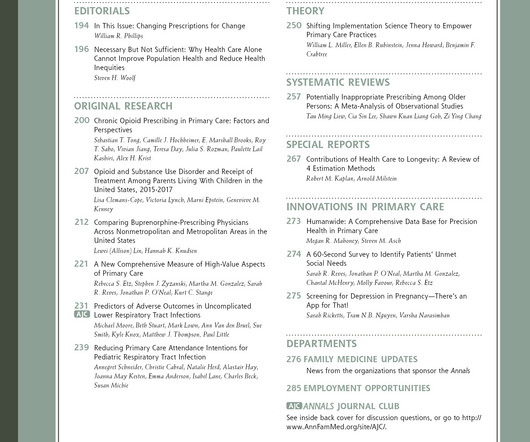
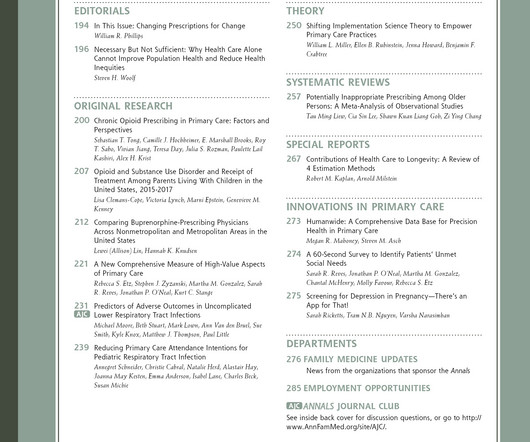
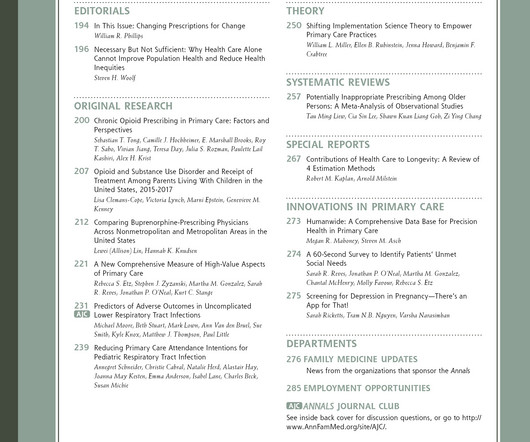
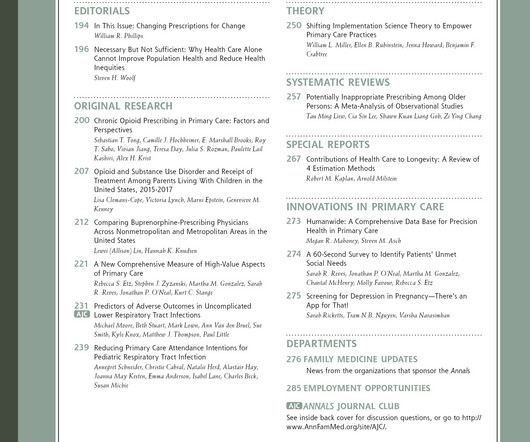
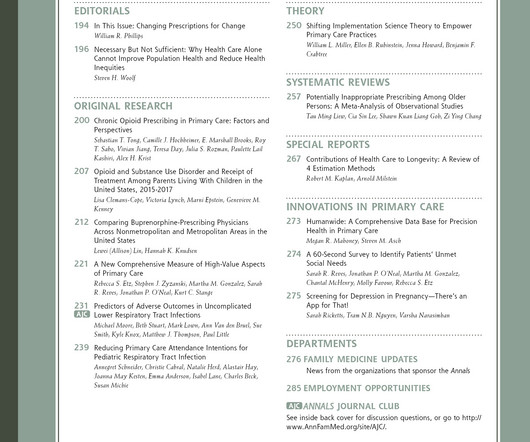









Let's personalize your content